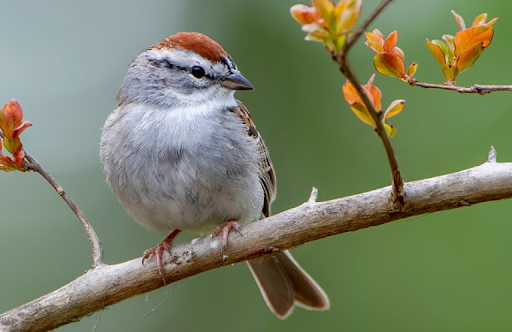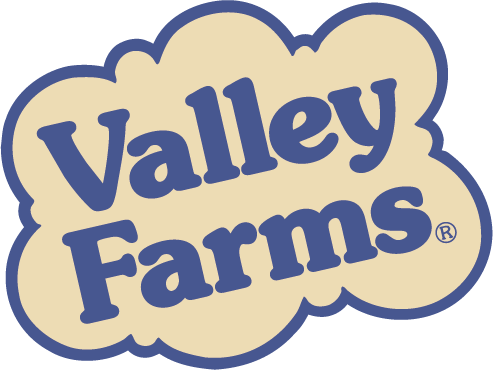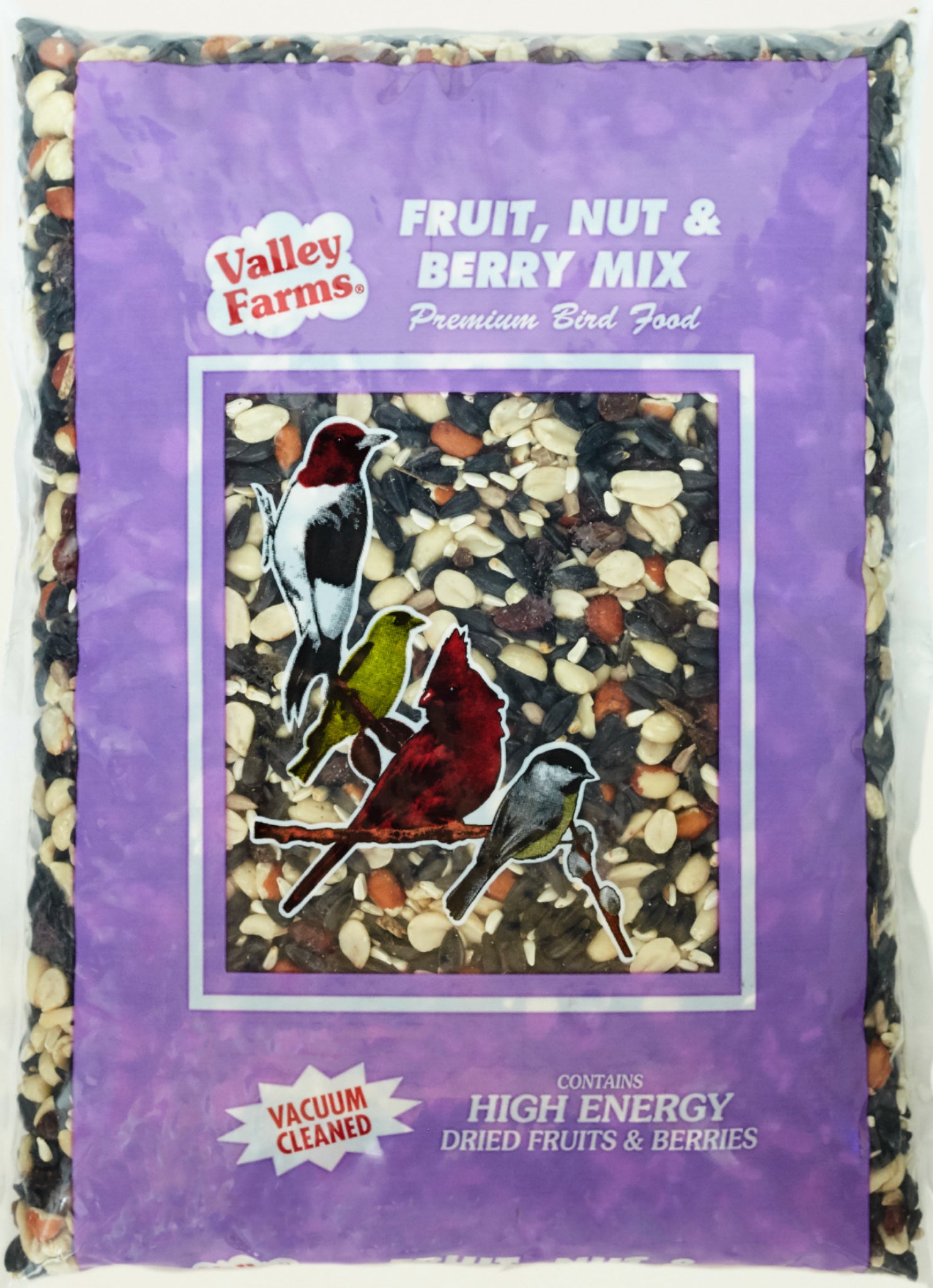
Staying Chipper with the Chipping Sparrow
Share

Gaze upward in a suburban neighborhood or a grassland community in North America and you’re likely to see a Chipping Sparrow. “Chippies,” as they are affectionately called, get their name from the sharp “chip” sound they make as they forage for food. This is distinct from their song, which is a single noted, mechanical-sounding trill. Songs are reserved for males, which voice them from high perches to establish and hold their nesting territories.
Cute, chipper, yet aggressive in the face of a threat, these small-sized passerines are a staple all throughout North America. It’s time to learn more about them so you’ll be prepared to spot one!
A Common Sight to See
Clean, crisp, and with frosty underparts, the Chipping Sparrow has a pale face, a black line through the eye, and a rust-colored crown. Generally speaking, females tend to be of a darker brown hue than males. This distinction becomes even more apparent during the winter, as adult females’ coloring deepens to an even darker, richer brown.
Regardless of the season, the Spizella passerina calls North America home. This songbird can be mostly found perched high in trees with grassy openings and in spring woodlands in the suburbs. They tend to breed throughout the entirety of the continent, with an extended migration period spread out between spring and fall.

A Feeding Frenzy
Chippies are fans of foraging on the ground in open, suburban areas, but they will also frequent a backyard bird feeder if it is filled with the right birdseed. Sparrow bird seed favorites include black oil sunflower seeds and cracked corn. With that said, this species is not terribly picky and will eat a variety of birdseed, particularly as the seasons change. This is characteristic of sparrows, which are known to adjust their diets according to spring and summer (insect-heavy) vs. fall and winter (seed seasons).

The Hairy Truth About Chippies’ Nests
The Chipping Sparrow’s nesting season lasts from April to August, but don’t expect anything sturdy from them. In fact, the hairy truth is that it’s quite the opposite. Chipping Sparrows were once called the “hair bird” for their tendency to line their nests with horse and animal hair. These birds build their nests in shrubs or trees and the result is nothing more than flimsy, cup-shaped bundles of grass and rootlets interspersed with animal hair and plant fibers. This doesn’t provide much in the way of insulation for their eggs and young, but somehow they manage to get by. Females lay between two to five blue-green eggs per brood and an average of two broods per season.

Valley Farms Fruit Nut & Berry Wild Bird Food
$18.40
Valley Farms Super Deluxe Wild Bird Food
$16.50 $19.95 Save $3.45
Discovering the Chipping Sparrows in your neighborhood starts by feeding them right. Find all the wild bird food seed and products you need to attract Chippies and keep them coming back right here at Valley Farms®!


